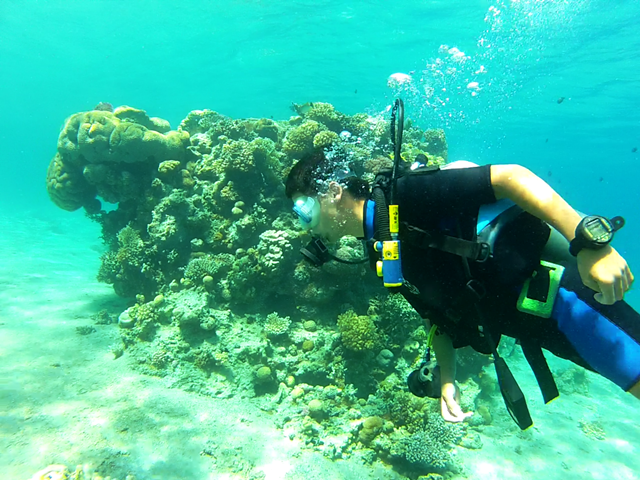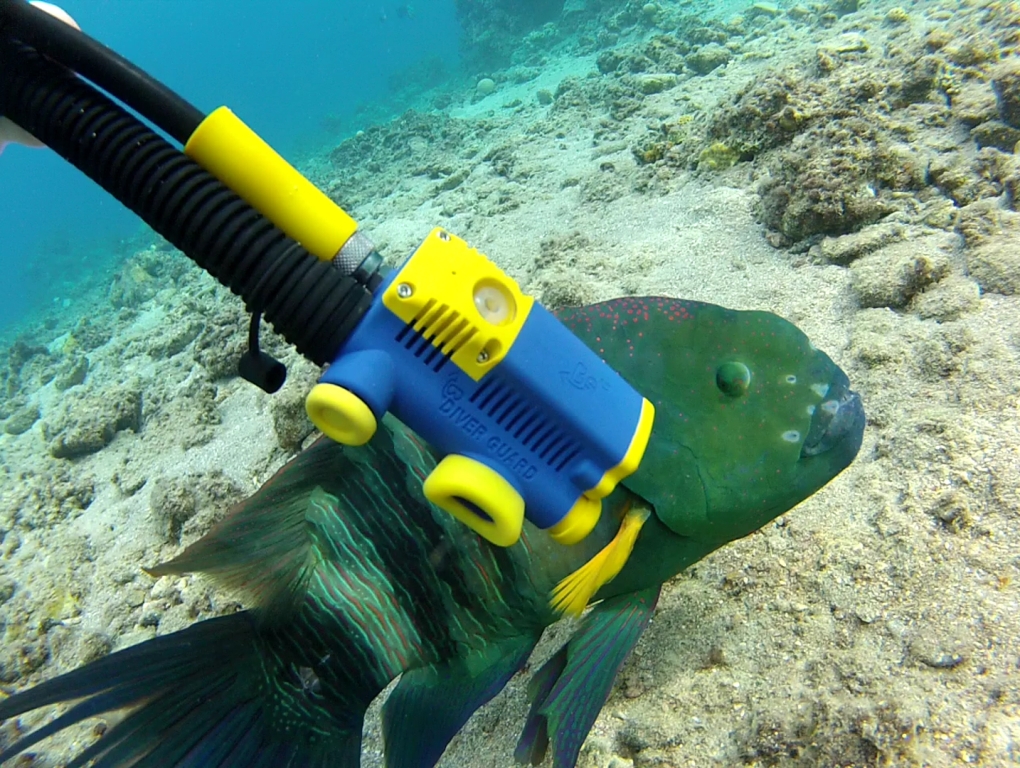As scuba diving gains popularity, many new products seek to mitigate the inherent risks of the sport. The most important precautions should always be adequate, quality training and sound judgment, but in addition to the basics, many divers already carry items designed to increase their safety both underwater and at the surface, including whistles, DSMBs and strobes — as they should. And more options are added every season. In this blog post, I’ll look at one of the newest, the DiverGuard.
Shallow water death syndrome
Every year there are a number of dive deaths for which there are no real explanations. Many of these deaths occur in fairly shallow water; the divers are experienced, and there seems to have been no panic, outside influences or equipment failures. The divers simply drowned. Typically, these deaths are explained as sudden illnesses or seizures, which paramedics would have treated had they occurred on land. But because the victim is stricken underwater, he drowns before help can arrive. The victim’s buddy should help get the diver to the surface and start first aid, but statistics show that this doesn’t always happen.
Enter the DiverGuard
A new product, called the DiverGuard, seeks to remedy this. This small unit attaches to the low-pressure inflator, substituting for the current inflation and deflation unit. It electronically monitors the diver’s breathing, starting at around 10 feet, and stops again when the diver reaches 3 feet of water. If, at any point in between those depths, the diver stops breathing for 40 seconds or more, an audible and visible alarm sounds and flashes, alerting the diver’s buddy and other divers in the area. The diver, or another diver, has 7 seconds to press a reset button before the DiverGuard starts inflating the BCD, sending the diver to the surface. The alarm continues at the surface, helping divers and surface crew locate the diver in distress.
In addition to the scenario above, the DiverGuard has two other functions. If the DiverGuard measures rapid or shallow breaths, a typical sign of overexertion, the alarm will sound, alerting the diver and his or her buddy, letting them know that it is necessary to slow down or abort the dive. The alarm continues for 2 minutes, and if no one presses the reset button, it will inflate the BCD, bringing the diver to the surface. Finally, the diver can manually activate the alarm to attract the attention of his or her buddy.
A fix to what ails us?
The main purpose of the DiverGuard is good in my opinion, and it may save lives. In case of a seizure — due to oxygen toxicity if diving too deep on nitrox or otherwise — illness or a stroke, a device that automatically brings the diver to the surface could be the difference between life and death. But I am slightly more skeptical about the two other functions. The idea of a manual, audible alarm to get your buddy’s attention sounds good in theory, but I can imagine the ruckus on popular dive sites if these catch on. Tank bangers and similar instruments can be bad enough, as many buddy pairs have grown accustomed to not checking in with each other regularly, and instead relying on audible ways of communicating. I could definitely see the DiverGuard being (ab)used for this purpose.
And the notion of alerting a diver when his or her breathing pattern exhibits signs of overexertion sounds good, but divers really shouldn’t need a device telling them when they need to slow down. And bringing a diver rapidly to the surface because he or she is overexerted is far from optimal. An overexerted diver is not in any direct danger, but initiating a rapid, automatic ascent may put that diver in mortal peril, which takes the situation from bad to worse. Dive training 101 says to avoid a rapid ascent, unless in case of an emergency where the risk of remaining at depth outweighs the risk of ascending rapidly. One such situation could be sudden respiratory failure. The diver may end up at the surface with decompression illness, but that’s preferable to staying at depth and drowning. Overexertion is not such a scenario.
And while the idea of an automated device that brings you to the surface in case of respiratory failure is good, it must never take the place of vigilance and training. The DiverGuard’s advanced technology is no guarantee of your safety. It only activates after 40 seconds of suspended breathing, sounding the alarm for 20 seconds before starting to bring the diver to the surface. Not counting the time it takes the diver to go from the depth at the beginning of the ascent to the surface, a minimum of a full minute will have passed until the diver reaches the surface. That’s a long time, and in many cases, it may be too long. So while the DiverGuard can provide an additional safeguard, just as with any other piece of safety equipment, it must never take the place of good diving practice.
The DiverGuard is on sale for $299 on www.diverguard.com
For a video demonstration of how the DiverGuard works, see below:




